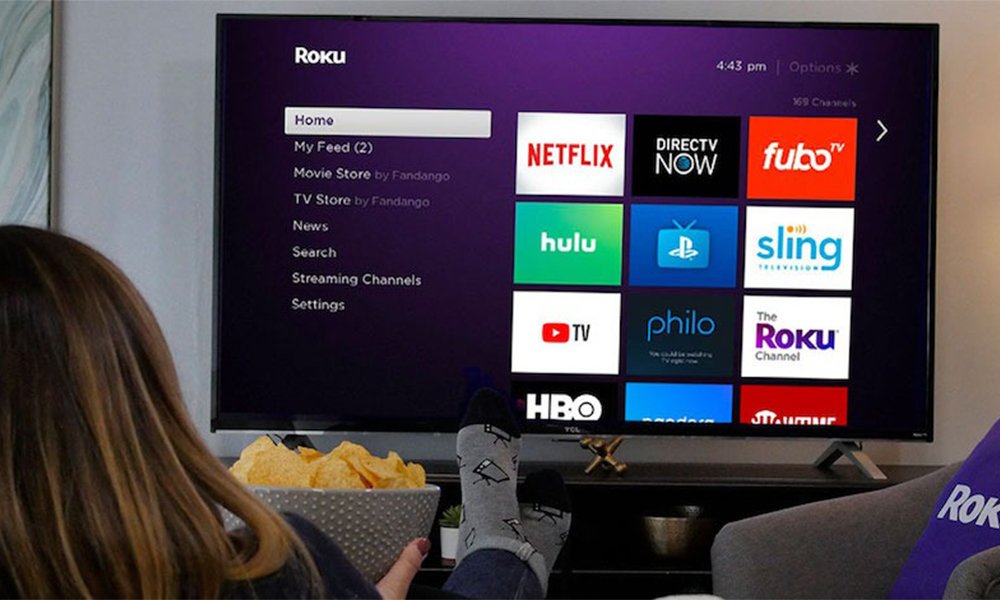Over the past few years, streaming services have changed the way we watch TV shows and movies. Instead of waiting for our favorite shows to air on TV or driving to a video store, we now have an endless array of choices at our fingertips. Platforms like Netflix, Hulu, Disney+, and Amazon Prime Video have become central to home entertainment, offering convenience, variety, and often original content. As the streaming world continues to evolve, let’s explore the journey so far, the challenges, and the future of TV and movie streaming.
A Quick Look at the Beginnings of Streaming
Streaming services didn’t just come out of nowhere; they were born out of a need for accessible, on-demand content. Netflix was one of the pioneers. The company originally started in 1997 as a DVD rental service that mailed DVDs to its subscribers. In 2007, Netflix introduced its streaming option, which allowed subscribers to watch a selection of titles instantly online. This was a groundbreaking move as it gave viewers an easy alternative to cable TV.
After seeing Netflix’s success, other companies quickly followed suit. Hulu launched in 2008 with a mix of live TV and on-demand content, offering users recently aired TV episodes. Amazon Prime Video joined the competition in 2011, followed by other major players like Disney+ and Apple TV+ over the past decade. Today, there are numerous streaming options, each with its unique content library and approach to entertainment.

The Rise of Original Content
As streaming services grew, they realized they needed to differentiate themselves to attract subscribers. One powerful way to do this was to create exclusive, original content. Netflix led this trend with the release of House of Cards in 2013, a political drama that became an instant hit. This success proved that streaming platforms could compete with traditional TV networks and even movie studios in producing high-quality shows and movies.
Since then, the amount of original content has exploded across all streaming services. Disney+ introduced new series like The Mandalorian, attracting millions of subscribers and expanding the Star Wars universe. Amazon Prime released critically acclaimed series like The Marvelous Mrs. Maisel and The Boys, and Hulu produced fan favorites like The Handmaid’s Tale. These exclusive shows and movies encourage people to subscribe because they can’t watch them anywhere else.
Changing Viewer Expectations
One of the biggest changes streaming has brought to the industry is the way it shapes our expectations as viewers. Traditionally, new TV episodes aired weekly, building anticipation over months. But with streaming services, we’ve become accustomed to binge-watching entire seasons of a series in one go. When Netflix released shows like Stranger Things, it released the entire season at once, allowing viewers to watch on their schedule rather than waiting week to week.
This shift has influenced the way TV shows are created and paced. Writers and directors now develop stories that keep viewers hooked from one episode to the next, knowing that many people will watch multiple episodes in a row. Additionally, viewers now expect more content in less time, putting pressure on streaming services to produce a steady stream of new material to keep audiences engaged and entertained.

The challenges streaming services face today
Even as streaming services thrive, they also face serious challenges. Here are some of the biggest problems they face:
Subscription overload: With so many streaming services available, it becomes difficult for people to subscribe to them all. Each platform has its own monthly fee and the costs can add up quickly. Many people feel overwhelmed by the sheer number of choices and have to decide which services are worth paying for.
Content overlap and licensing battles: In the early days of streaming, platforms like Netflix had licenses to show many popular TV shows and movies. But as more companies launched their own streaming services, they have pulled back on their content. For example, Friends now runs on HBO Max and The Office on Peacock. This has led to fierce competition for content licensing, with each platform trying to secure exclusive rights to popular shows and movies.
Keeping subscribers engaged: With so much competition, streaming platforms need to keep subscribers engaged with fresh, high-quality content. A single show or movie can attract new subscribers, but they won’t stick around unless there’s a consistent stream of engaging content. This is a difficult balancing act, as producing high-quality content is expensive and time-consuming.
Piracy concerns: As streaming services raise their prices, some viewers are resorting to piracy to access the shows and movies they want to watch without paying. This problem has plagued the entertainment industry for decades, and streaming services are still trying to address it effectively.
What's next for streaming services?
As the streaming landscape evolves, several trends are shaping the future of TV and film. Here’s what we can expect:
More bundling options: With so many services available, we could see more bundling packages that allow subscribers to access multiple streaming services for a single price. For example, Disney already offers a bundle of Disney+, Hulu, and ESPN+. More companies could follow suit and make it easier and more affordable for viewers to access a variety of content.
Ad-supported plans: Recently, some streaming platforms have started offering cheaper, ad-supported subscription options. For example, Netflix and Disney+ have introduced ad-supported plans where subscribers pay less in exchange for watching ads. This could become more common as streaming services look for ways to make subscriptions more affordable and grow their subscriber base.

Increased focus on international content: Streaming services have recognized the global potential of international content. Series like Squid Game from South Korea, Money Heist from Spain and Dark from Germany have attracted huge international audiences. As a result, streaming platforms are investing more in international content and expanding their libraries to include series and films from around the world.
Virtual and interactive experiences: In the future, streaming could go beyond just watching series and films. Some platforms are exploring virtual reality (VR) and augmented reality (AR), which allow viewers to immerse themselves in the world of a series. Additionally, interactive content where viewers make choices that affect the story (like Netflix’s Black Mirror: Bandersnatch) could become more popular as technology advances.
The return of weekly releases: While binge-watching has become the norm, some streaming services are experimenting with weekly releases. Disney+ uses this format for many of its popular shows, like The Mandalorian and WandaVision. Releasing episodes weekly keeps viewers engaged for a longer period of time and generates more discussion and anticipation. This trend could continue as streaming services try to balance binge-worthy content with viewer retention.
The future of TV and film production
The rise of streaming has not only changed the way we watch content, but also how it is created. Many TV shows and movies are now produced with streaming in mind. Additionally, streaming services have increased demand for new content, meaning more job opportunities for actors, writers, and filmmakers. However, this also means that studios have to work faster and often produce content with shorter turnaround times, which mayquality.
Streaming services are also redefining what is considered a “hit.” In traditional television, ratings and viewership were the main metrics of success. But on streaming platforms, engagement metrics like the number of hours watched and social media discussions play a larger role in determining the success of a show or movie. This shift in measurement could continue to influence what kinds of stories are told and how they are marketed to audiences.
Final Thoughts
The streaming revolution has changed the entertainment industry in ways that were hard to imagine just a few decades ago. As we look to the future, it is clear that streaming servicess will continue to evolve and find new ways to deliver content and entertain audiences. Although they face challenges such as competition, content licensing and piracy, streaming platforms have shown resilience and adaptability. Whether through bundled services, ad-supported options or international content, streaming is likely to continue to redefine TV and film in the years to come.
As viewers, we are living through an exciting time where entertainment options are varied and numerous. The next chapter in the evolution of streaming will surely bring even more innovation and give us all something to look forward to – one episode at a time.




No Comment! Be the first one.